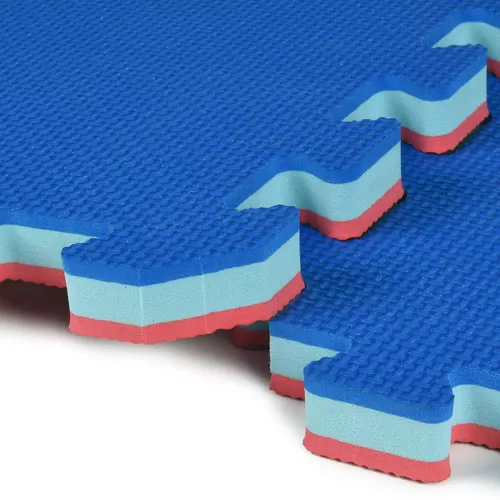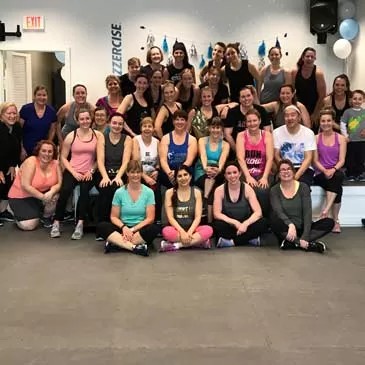A cushioned foam exercise mat provides protection against the hard floor, whether your workout involves yoga, Pilates, working with equipment, or other types of fitness activities. Whether you choose firm mats, thick mats, large folding mats, puzzle mats, or another style of exercise mat, Greatmats stocks nearly all types of exercise mats imaginable.
Article Library




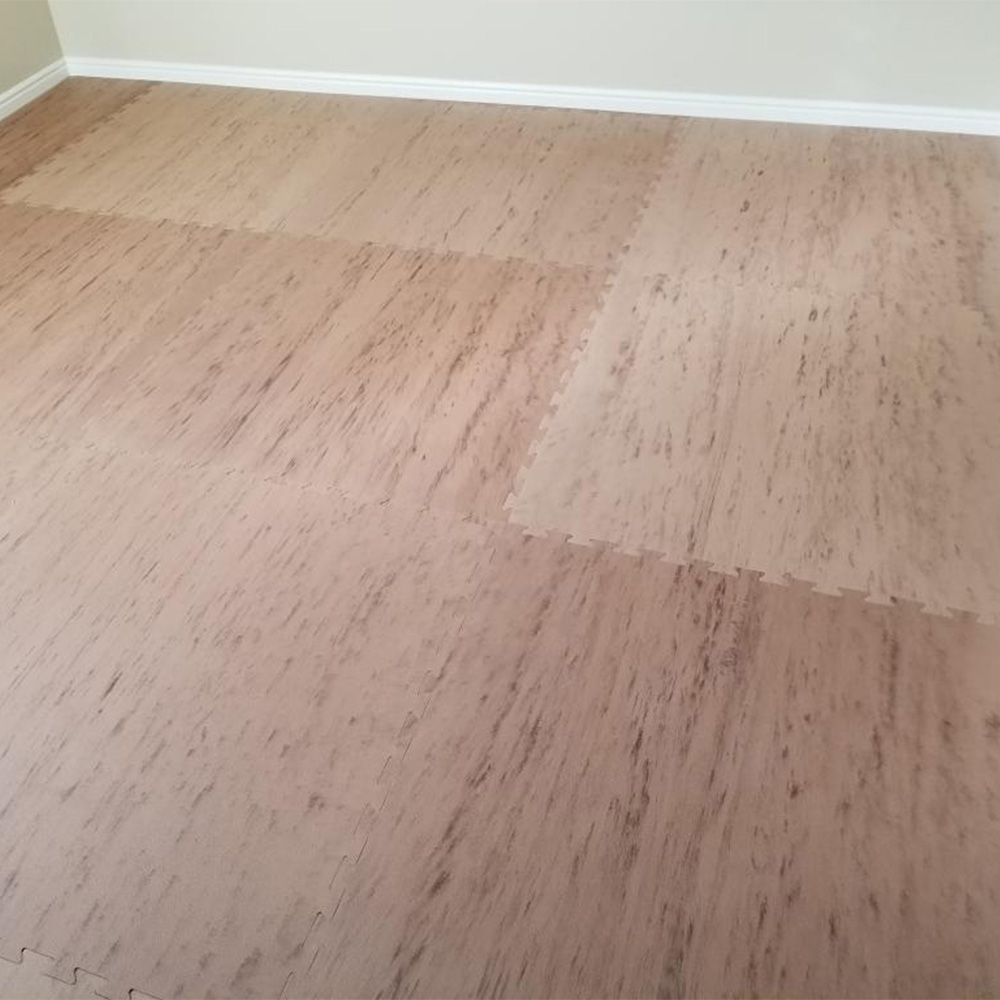
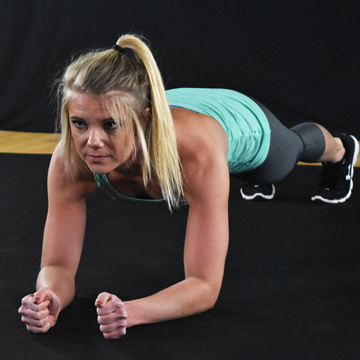
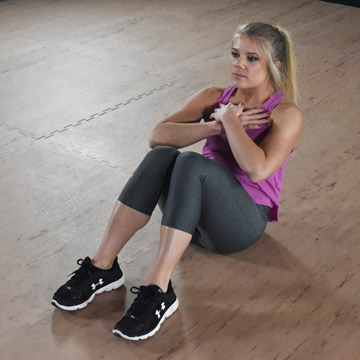





Video Library












Ideas Before You Buy Exercise Mats
Tips & considerations for purchasing exercise floor mats:
The following blogs offer tips on what aspects to look for in exercise floor matting before making a purchase. Wherever you plan to use this flooring, these are all important things to learn before making your final decision.- Learn about what exercise floor materials are considered ok to use for home gym flooring over hardwood floors. Learn More: Can You Use Rubber Mats for Home Gym Flooring Over Hardwood Floors?
- Find out why you would want to use 1-inch-thick exercise mats and where you can buy them. Learn More: Where to Find and Buy 1-Inch-Thick Exercise Mats
- Discover what Greatmats recommends as the best flooring for an exercise room with carpet or concrete. Learn More: What Is the Best Flooring for an Exercise Room with Carpet or Concrete?
Top 10 Questions About Exercise Mats
Below are the most popular questions we've received about exercise and fitness flooring. Click the question to get a detailed answer and explanation on these topics.- Is There a Difference Between a Yoga Mat and an Exercise Mat? It’s important to match the mat to the type of workout you have in mind. Yoga mats primarily provide stability with a little bit of cushioning, while exercise mats may yield more cushioning for workouts that involve stress to the joints in the lower body.
- What Are The Best Exercise Equipment Mats For Carpet? We offer multiple workout mat models that you can use to create an exercise space in a room at home with carpeting. Look for a mat that can go over the carpet without damaging it while delivering the cushioning and stability that athletes require.
- What Are The 5 Best Gym Mats For Home Exercise? To make the most of your time spent working out at home, it’s important to select a type of workout flooring that matches your needs. We offer versatile foam tiles for cushioning, rubber rolls and mats for maximum stability, and PVC tiles that provide the benefits of both rubber and foam.
- What Are the Best Exercise Mats for Stretching? Because you will be lying on the floor to perform many types of stretch workouts, having a flooring that provides thermal protection is important. Cushioned flooring is important, too, as it protects the knees, hips, and back from stress during the stretches.
- What Are the Top 5 Workout Mats on a Budget? At Greatmats, we offer a wide range of thin exercise mats that deliver excellent quality without breaking the bank. You can find foam tiles, foam rolls, and rubber rolls that deliver great results at a low price per square foot of coverage.
- What Is the Best Exercise Mat for Planks? Planks are a popular type of exercise for building strength, but the positioning can be hard on the elbows and other areas of the body that bear the weight. We offer mats consisting of foam and rubber that provide a mix of cushioning and stability to help athletes receive the largest benefit when doing planks.
- What Is the Best Puzzle Exercise Mat? Exercise mats that contain puzzle-style edges greatly simplify the installation process, as you don’t need to use glue. Some of the best mats with interlocking edges that you can use for workouts consist of varying thicknesses of foam. Many of them have a traction pattern layer on the top.
- What Is the Best Flooring for Plyometric Exercise? When participating in plyometric workouts, you receive the benefits of improving your athletic explosiveness and ability to jump. It’s important to have a type of flooring that’s safe for plyometrics, such as foam or rubber, because the exercises can be hard on the lower body joints.
- What Thickness Do I Want for an Exercise Mat? Mats of varying thicknesses are available for workouts, typically ranging from about 1/4 inch to 4 inches. Thinner mats work well for workouts where athletes need less cushioning and more stability, while thicker mats work to protect against falls and high-impact workouts.
- What Is the Best Exercise Bike Mat? Placing exercise mats underneath a spin class cycle can help to cut down on noise generation and can help to prevent the bike from sliding around during use. Rubber mats typically are the best for this use case, but you also can use foam or PVC plastic.
Best Exercise Mat Products
3/4 Inch Gym Floor Workout Fitness Pebble Top Tile
Our Pebble Top Gym Floor Workout Fitness Tiles provide numerous benefits as exercise mats, including support for exercise machines, traction for athletes, and cushioning for lower leg joints. This 20 mm thick foam tile uses a jigsaw puzzle edge that greatly simplifies installation.
Home Sport and Play Mat
For maximum scuff resistance when wearing athletic shoes, count on our Home Sport and Play Mat product. This reversible foam tile has a textured top layer on both sides of the puzzle tile that generates traction and enhances the longevity of the tile, even when used regularly for workout sessions that make use of athletic shoes.
3/8 Inch Pebble Top Home Gym Flooring Tile
For cost-effective foam tiles that are ideal to use as exercise mats, trust the quality of our Pebble Top Home Gym Flooring Tiles. This 3/8-inch-thick tile is durable enough to go underneath exercise equipment, yet it is extremely lightweight and easy to install, making it a good choice for a DIY installation job.
Orange Peel Top StayLock Tile
When you need a finished look in your exercise flooring, the hidden interlocking edges in our Orange Peel Top StayLock Tiles provide clean lines in the final layout. At 9/16 inches in thickness, these PVC plastic tiles have excellent cushioning while also delivering the traction needed for tough workouts.
Bump Top StayLock Tile
Our Bump Top StayLock Tiles deliver excellent traction and a cushioned surface that’s ideal for those participating in the toughest workout routines. The bump top surface in the 9/16-inch-thick PVC plastic tiles is also useful as an ergonomic flooring surface for those who must stand and work for the majority of the day.
Exercise Mat Customer Installations
Kismet Yoga + Fitness
The owners at Kismet Yoga + Fitness understood the importance of having a high-quality flooring over which to place yoga mats. They wanted a cushioned type of flooring that would help customers be comfortable and that would also stand up to high temperatures for hot yoga, which our foam mats delivered.
Yoga Flooring: Premium Martial Arts Karate Mats
Jazzercise Cherry Hill
When Jazzercise Cherry Hill owner Lisa Silver wanted cushioned flooring to guard against impact in her new studio, she reached out to fellow Jazzercise franchise owners. Our 1-inch-thick mats came highly recommended, delivering both cushioning and durability that resulted in a good investment.
Jazzercise Flooring: Premium Martial Arts Karate Mat
Skilled Therapy & Play Services
When Skilled Therapy & Play Services owner Erin DeNola wanted mats to provide cushioning under the suspension equipment in use for sensory integration, she purchased multiple cushioned mats from Greatmats. Our mats delivered an easy-to-clean format and a professional design that is impressive for clients.
Occupational Therapy Flooring: 2-Inch Fold-up Gym Mats
Grind House Fitness
The Grind House Fitness studio’s owners needed a flooring that would provide versatility to handle many types of martial arts workouts, as well as other kinds of workouts, including CrossFit and yoga. The owners appreciated the high level of versatility that our foam puzzle mats give to their clients, providing a safe space for workouts.
Martial Arts Flooring: Home BJJ Mats
Farrell’s Extreme Bodyshaping
Farrell’s Extreme Bodyshaping began using Greatmats’ exercise mats more than a decade ago in the early days when it was just starting to open franchise locations. As the franchise continued to grow over the years, the business continued to install Greatmats flooring at many of its new locations, and it now uses our foam workout mats at gyms in nine different states.
Cardio Kickboxing Flooring: Premium Martial Arts Karate Mat
413 Fitness
413 Fitness specializes in using boxing workouts as a means of helping victims of Parkinson’s disease maintain fitness. Owner Kristi Richards needed to add flooring to her location, and she reached out to Greatmats for our foam tiles that look great and that provide significant protection against potential falls.
Therapeutic Boxing Flooring: Premium Martial Arts Karate Mat
Exercise Mat Installation & Maintenance Videos
How to Install Greatmats Home Gym Mats Pebble 10 mm Tiles
Comparing Exercise Mats - Folding, Roll Out, Puzzle and Plyometric Exercise Flooring
Home Gym Flooring Installation Considerations




